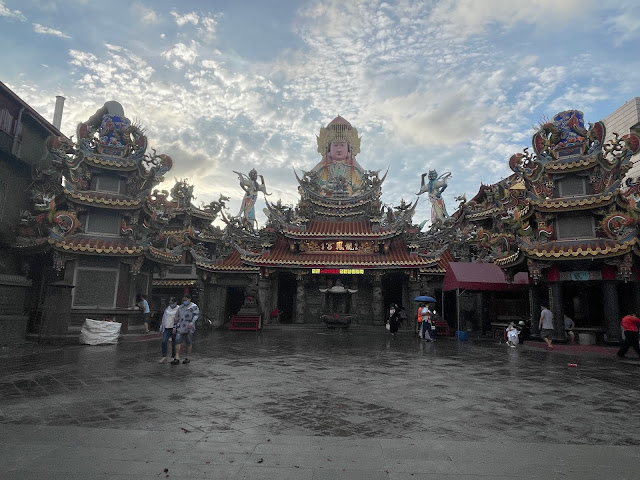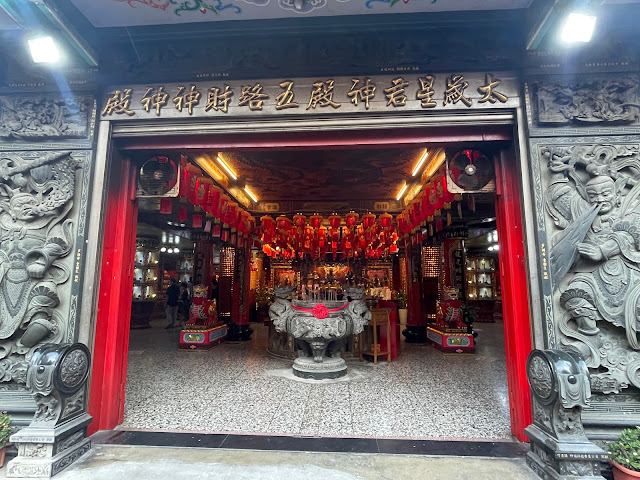Zhunan Houcuo Dragon and Phoenix Palace (竹南后厝龍鳳宮)
Nestled in the heart of Zhunan, the Houcuo Mazu Temple, officially known as the Zhunan Houcuo Dragon and Phoenix Palace, is a revered sanctuary dedicated to the veneration of the renowned maritime deity, the Holy Mother of Heaven, commonly referred to as Mazu. Its history is rich and deeply ingrained in the cultural tapestry of the region.
In the early Qing Dynasty, fishermen hailing from the Toubei area in Hui'an County, Quanzhou Prefecture, Fujian Province, erected a modest seaside temple in Zhunan to honor the divine presence of Mazu from Meizhou. The temple soon became renowned for its remarkable miracles, drawing a burgeoning congregation of devout followers.
As time passed, the temple succumbed to the relentless accumulation of seafloor sands, necessitating its relocation to Lunziding in Tianwen Village. During the Jiaqing period, a generous villager named Lin Zhenshun offered the current site, Daqiu Garden, as the new temple grounds. Local residents, including the dedicated Tan Yue, rallied to raise funds for its construction. In 1836, a faithful believer named Weng Fang expressed gratitude by gifting a magnificent panlong stone incense burner to the temple. Over the centuries, the temple faithfully safeguarded the spiritual well-being of fifty-three surrounding villages, cementing its position as a cornerstone of Mazu worship culture in Taiwan.
The temple's history is etched in the architectural progression that spans centuries. Initially constructed in 1836, it underwent significant expansions in 1933 and 1970.
The grand mountain gate at the temple's entrance was erected in 1989, while the back hall, Five-Road God of Wealth Hall, and Liushi Jiazi Taisui Hall were added in 1994.
Ascending to the third floor of the temple's apse, one encounters a towering 41 meters (136-foot) statue of the Virgin Mary. This extraordinary work of art, designed and overseen by the esteemed Lin Zengtong, a recipient of the Legacy Award, was painstakingly crafted using resin, fiberglass (FRP), and cement. The resulting sculpture exudes grace and fluidity, a testament to the exceptional craftsmanship of its era.
The Great Mazu, in her seated posture dons a resplendent nine-draped double phoenix crown, a regal five-clawed golden dragon, and a vibrant orange robe, complemented by a crimson outer robe and hat. Gracefully holding Ruyi in her hands, she sits serenely upon a dragon-headed throne.
n 2010, some observant believers noticed magpies nesting on the right eyebrow of Mazu's crown. Concerned that the bird droppings might defile the statue, the temple authorities contemplated removing the nests. However, many devotees interpreted this as an auspicious sign. Chairman Chen Chaoming consulted Mazu's divine will and discovered that Mazu wished for the magpies to be left undisturbed. This compassionate act affirmed Mazu's role as a protector of the people and a symbol of empathy towards all living beings, even allowing magpies to nest on her forehead.
Address:
苗栗縣竹南鎮龍安街69號竹南后厝龍鳳宫

















0 komentarze:
Post a Comment